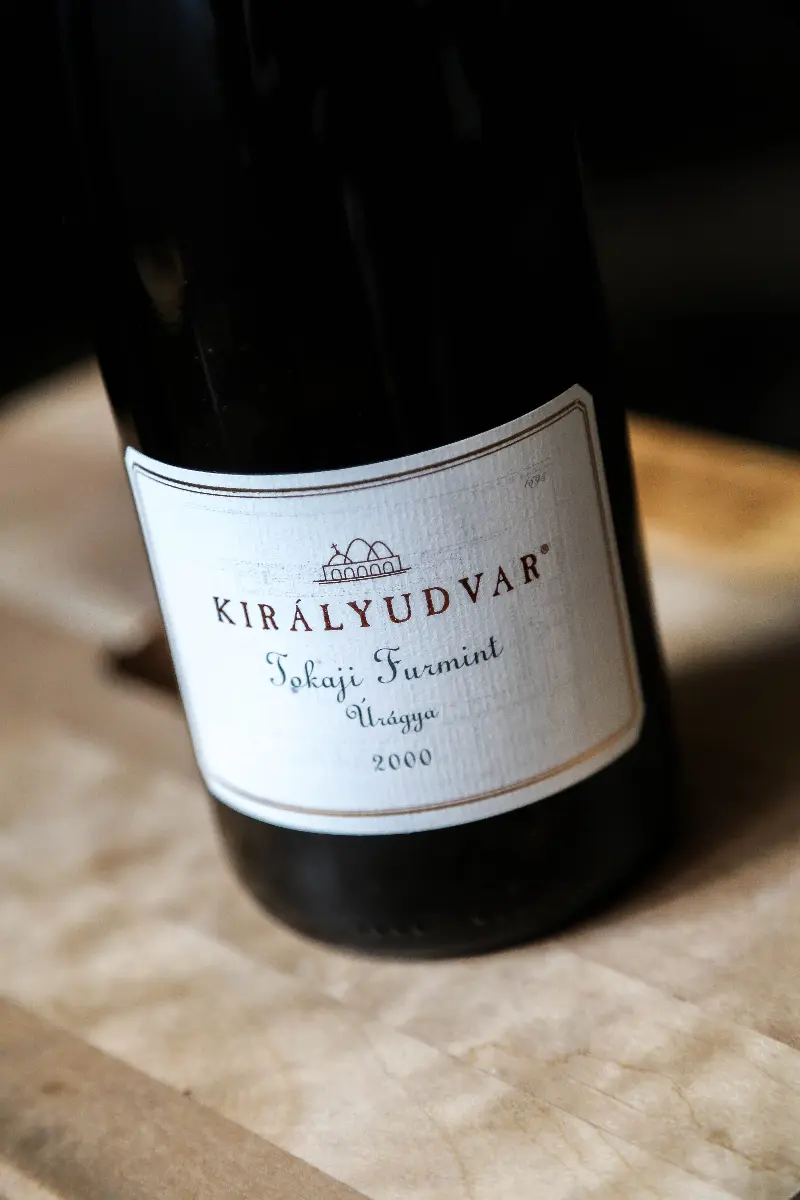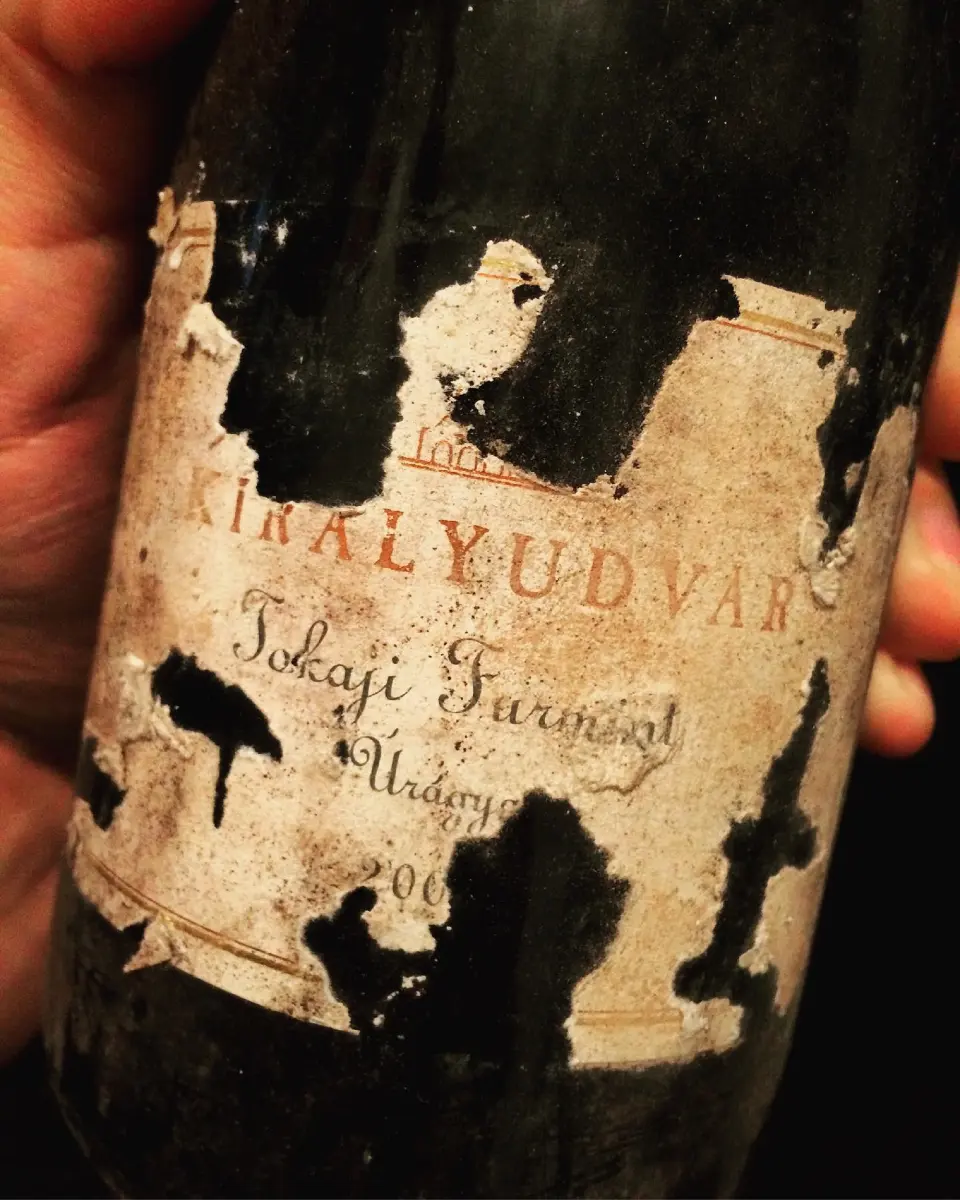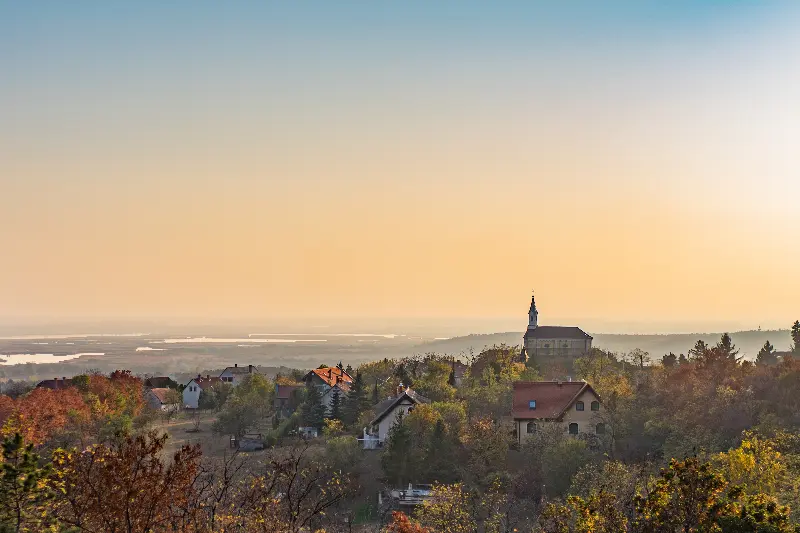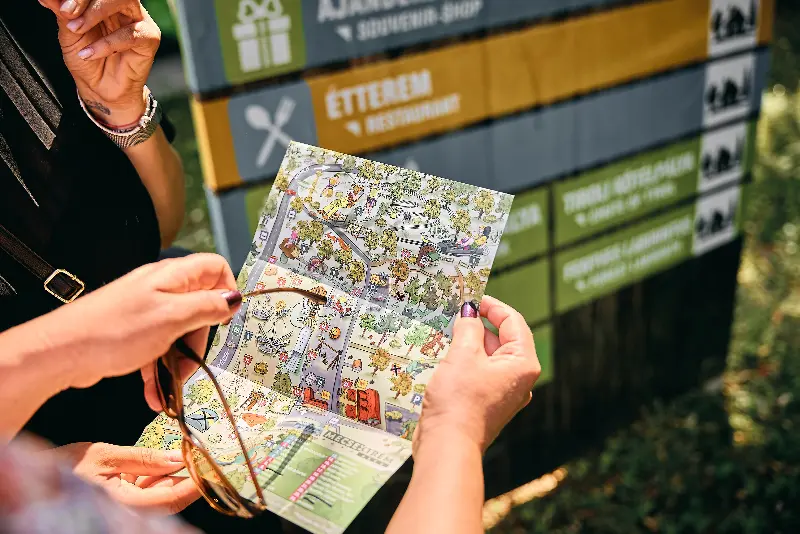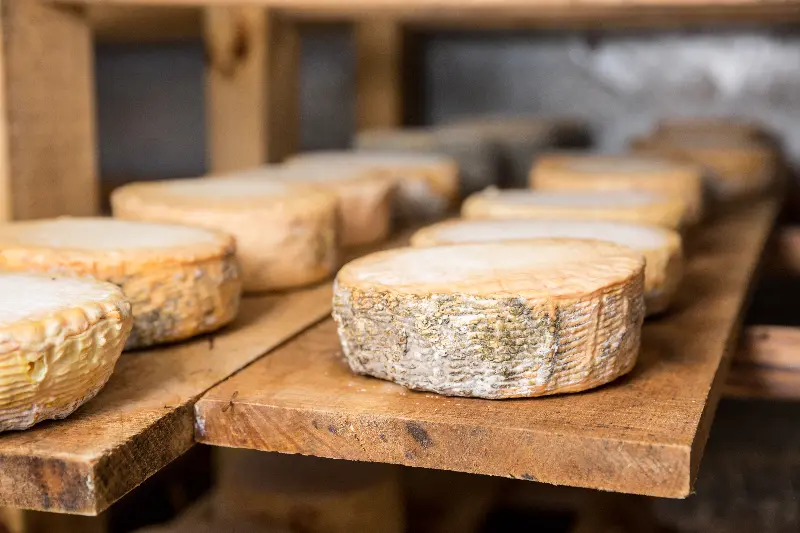
Helyszín címkék:
7+1 wines, which altered Tokaj
Ripka Gergely
Disznókő six-butt Tokaji aszú 1993
It was a scandal then that these wines did not pass the screening of the national wine committee despite multiple attempts, while the counterfeit swill often passed smoothly; saying that the colour was not dark enough, the wine was not ripe enough, nutty, bitter in taste, fresh citrous, dominated by peachy fruits, besides having a golden colour. Among the estates launched with French capital, the goal for Disznókő,Hétszőlő and Pajzos-Megyer was to make drinkable, saleable Aszú wines, breaking with the cumbersome style of the old school. The most beautiful thing is that this is still the focus today, and aszú is their most important product despite all the general trends.
Szepsy Cuvée 1999
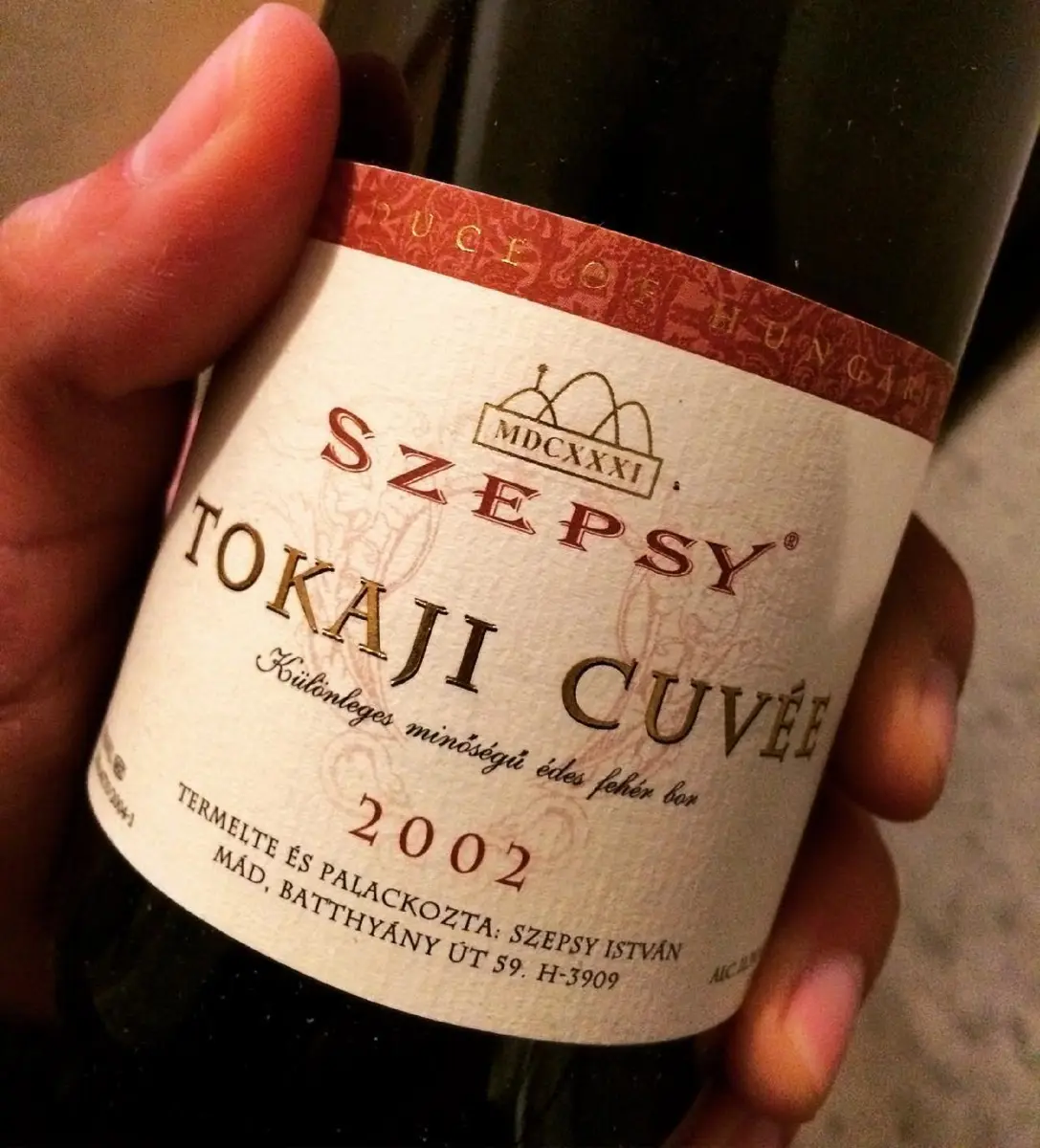
István Szepsy saw that the big names are struggling with the Aszú, but also with the designation permits for the new style of szamorodni, with obstruction due to previous consonances. That's why he made a wine that is lower in alcohol than Szamorodni It’s a blend of different types of wine, but the finished wine combines the virtues of the Hegyalja varieties (according to the legend, the wine expert László Alkonyi liked the furmint component of the wine so much that he took his son from Buda to Hegyalja to have his son taste the furmint before making cuvée of it and to be able to say that he had tasted the furmint of this legendary wine separately). The first Szepsy cuvée stole the show at the beginning of aszú tasting organised for Master of Wine. It generated serious controversy and waves within the profession, but later under his inspiration several winemakers create alternative sweet cuvées in the wine region in this more youthful, easy-to-understand tuning.
Oremus six-butt aszú estate assortment 1999
András Bacsó was also at the forefront of the regime change in the wine region. Their szamorodni and aszú also radically broke with all the previous bad stereotypes that lived in us about the bitter sweet taste of Tokaj. After 1993, 1999 was the second nuclear blast-like vintage of the decade: with its eternal, citrus-flavoured aszú. Up to the present, still one of the best aszú ever made...
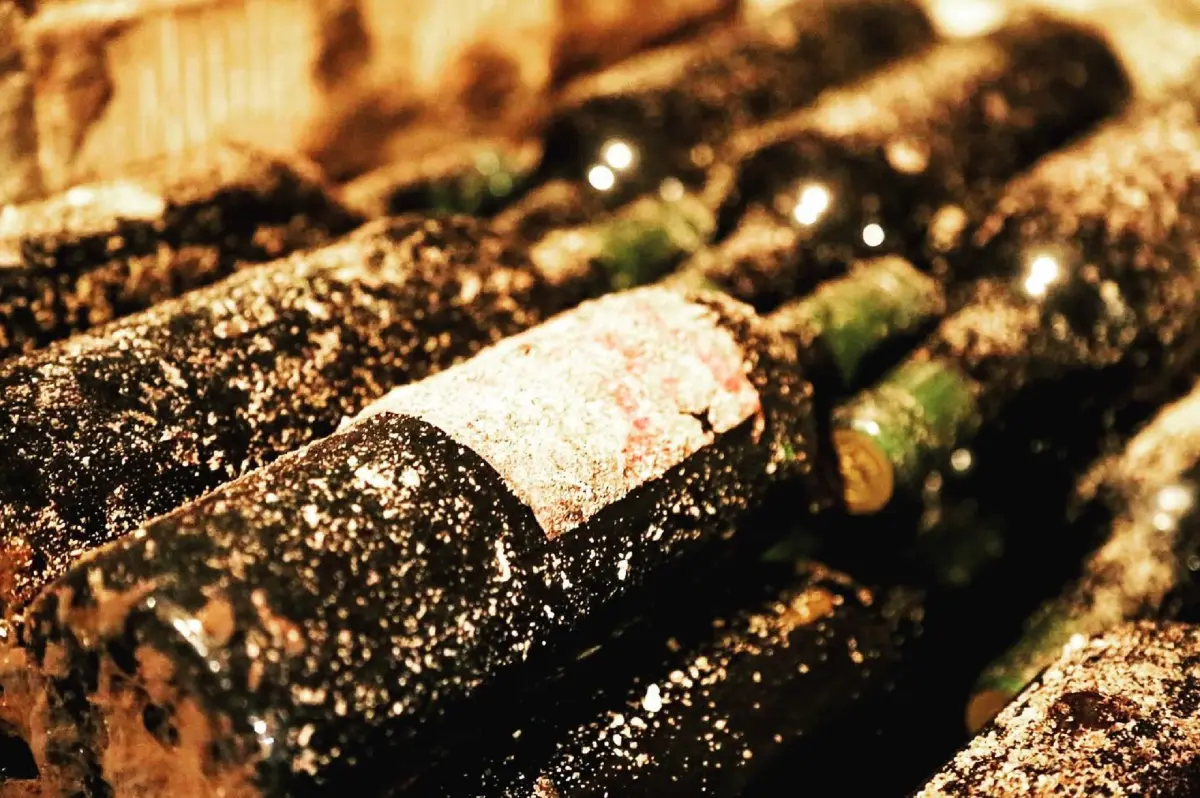
Royal Tokaj Essence 1999
For the first time in the history of Wine and Spirits Magazine, the Charlie Áts with 100 points received the highest rating with this wine in Belgian item. It is no coincidence that since 1999 three items have been added to this list: the fine-tuning of aszú wines actually peaked here, to the best of our knowledge
Királyudvar Úrágya Furmint 2000
This wine became the most important phenomenon of the above process which was made by Zoltán Demeter and Szepsy. The item was made for aszú base wine, but there was not enough aszú grapes in Királyudvar to be used in the end. Tasting with several experts, it was finally revealed that this wine with an alcohol of 15% and a sugar content of 6 g / l (which also contains traces of botrytis) is wonderful on its own. With the vineyard on the label, it can convey a message as deep as that of Burgundy to the world: furmint can display the terroir in dry form, but in a truly exciting way. Wine is still a dreaded treasure of collectors, and it is possible that a Tokaji dry wine, capable of maturing so beautifully and for such a long time, has not been made since then.
Szepsy Szent Tamás 2003
Then the legendary István Szepsy continued polishing his dry wines in 2003. A first-class (grand cru) place of production, St. Thomas appeared, which, like the Úrágya of 2000, developed nicely in the bottle, thanks to the great vintage, the terroir, and the variety. The year 2003 gave us brilliant wines across the country.
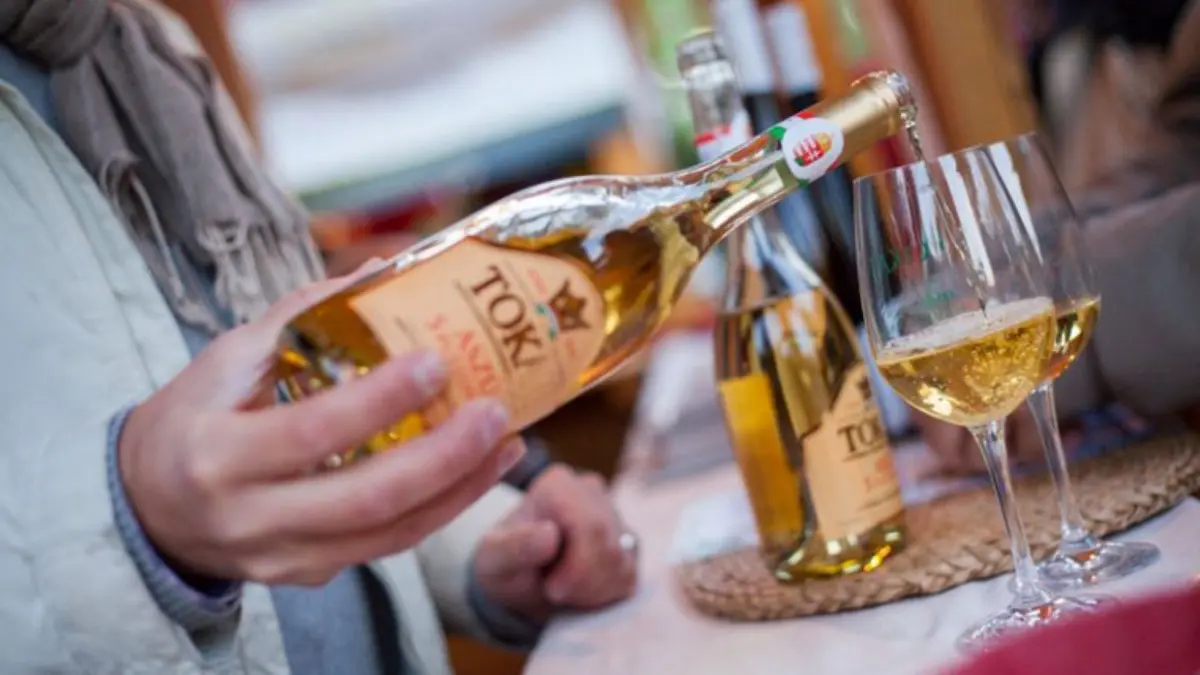
Homonna Határi Furmint 2006
Until 2005-2006, the vineyards of Mád and its surroundings received the most attention in the field of dry wines, and then a young easy-going vintner came from Debrecen who flashed the beauty of furmint in Hegyalja in a completely different style. Attila Homonna made his wines from the Határi-vineyard with a higher acidity than the thick, full-bodied Mádi wines, and his wines tell the story of the locale in the same consistent and well-maturing style.
Balassa Nyulászó Szamorodni 2013
It is the youngest in the line, but the most definitive. Rethinking of szamorodni was an extended process, as at first the aszú and after the turn of the millennium the dry wine came more into focus (Szepsy also turned to szamorodni instead of cuvée after 2007). In terms of sugar content, there is no upper limit for szamorodni either, and quite slowly more and more people seemed to be moving towards the extremes. The young István Balassa has gone so far that today he selects the raw material not only on the vineyards but also on a parcel level within Betsek and tries to present the greatest uniqueness, the terroir, in the glass with the help of this sweet wine. It’s also worth examining the items of 2017: the miracle of Tokaj is there in the bottle.
